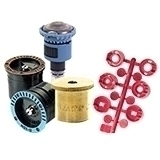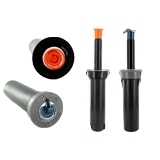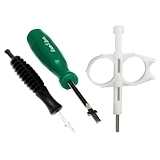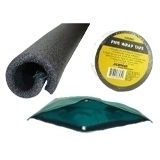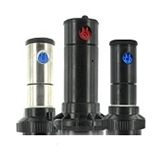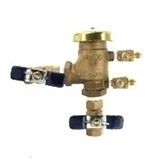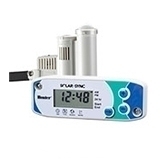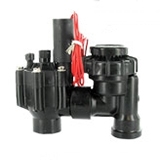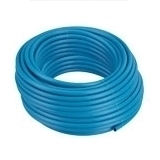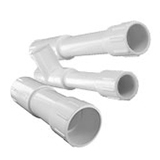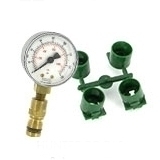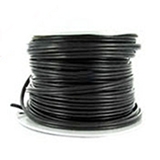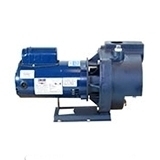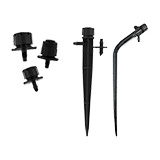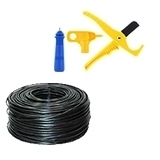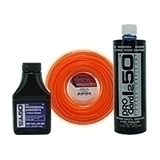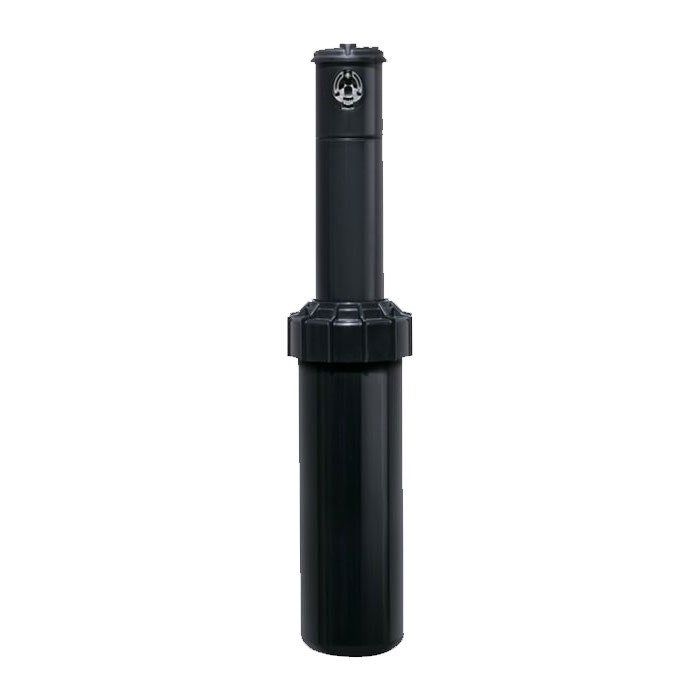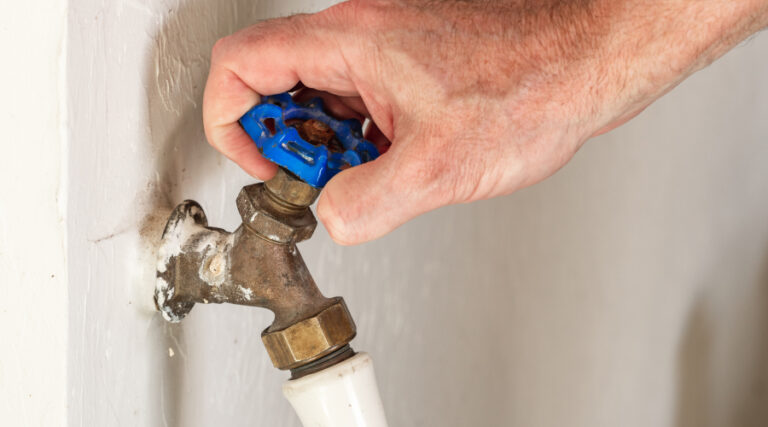Table of Contents
Broken Septic System
A properly working septic system is something most homeowners rarely think about until problems begin to show. Your septic system plays a vital role in safely treating and dispersing household wastewater, and when it starts to fail, the effects can be both unpleasant and costly. Let’s walk through the most common indicators of a broken septic system, then discuss repairs and possible replacement options.
Signs of a Broken Septic System
There are several key signs that your septic system may be failing, which typically indicate that wastewater is not being properly treated or draining correctly. Below are a few of the most common signs that it’s time to check up on your septic system.
- Sewage backup – Wastewater can back up into sinks, toilets, or drains, indicating your septic tank or drain field is not properly processing waste.
- Strong, foul odors – A noticeable smell of sewage around the house or yard often signals that untreated waste is surfacing from the system.
- Standing water – Pools of water or soggy areas picked up by your soil moisture sensors may indicate the system is overloaded or blocked.
- Green, spongy grass – Lush, overly green grass or soft, spongy soil above the drain field can mean untreated effluent is leaking into the soil.
How to Fix a Septic System
Repairing a broken septic system is not a simple task, and it’s generally not considered a DIY-friendly project. Septic systems are complex, underground networks designed to safely process and treat wastewater, and attempting repairs without professional expertise can lead to serious health risks, property damage, and even legal issues.
The process of fixing a failing system typically begins with a thorough inspection. A licensed professional will assess the tank, pipes, and drain field to identify any signs of failure. Depending on the severity of the problem, solutions may include pumping out the tank, repairing damaged pipes, or replacing parts of the drain field. In cases of extensive failure, a full system replacement may be necessary.
What Is an Aerobic Septic System?
An aerobic septic system is an advanced type of wastewater treatment system designed to efficiently break down household waste using oxygen. Unlike conventional septic systems, which rely on natural bacterial processes in an oxygen-free environment, aerobic systems introduce air into the tank to stimulate the growth of aerobic bacteria. These bacteria are much more effective at decomposing organic waste, which results in cleaner effluent that can be safely dispersed into the soil or reused for irrigation in some cases.
Aerobic septic systems sometimes require more maintenance than traditional systems, such as regular inspections and occasional replacement of aeration equipment. However, their efficiency makes them a preferred option for many homeowners. By treating wastewater more thoroughly, aerobic systems help protect the environment, reduce odors, and prevent the common issues associated with failing septic systems, providing a modern, effective alternative to traditional septic setups.
What Is an Aerobic Septic Sprinkler System?
An aerobic septic sprinkler system is a specialized type of aerobic septic system that distributes treated wastewater above ground through a network of sprinklers, rather than relying solely on a traditional drain field. After wastewater is processed in the aeration tank and clarified, it is pumped through sprinklers, allowing it to be evenly dispersed across a designated area of land. This method is particularly useful in locations with poor soil conditions or high water tables, where conventional septic systems might struggle to function properly.
The system not only treats wastewater more thoroughly than traditional septic setups but also maximizes the use of available land for effluent dispersal. Homeowners benefit from reduced odors and minimized risk of pooling or contamination near the home. While aerobic sprinkler systems require regular monitoring and maintenance, they provide a highly effective, environmentally friendly solution for properties where standard septic systems are prone to failure.
Septic systems are a critical part of any home’s infrastructure, quietly working to manage and treat wastewater. By recognizing the signs of a failing system, you can take action before small issues turn into major problems. While repairs and replacements should always be handled by professionals, understanding your options will allow you to make more informed decisions. With proper maintenance and timely attention, these systems can function efficiently for years, so be sure to do your research.
FAQs
What’s the difference between an aerobic septic system and a regular septic system?
The main difference between an aerobic septic system and a conventional septic system lies in how wastewater is treated. A conventional system relies on natural bacteria in an oxygen-free (anaerobic) environment to break down waste, while an aerobic system actively introduces oxygen to promote aerobic bacteria. Ultimately, aerobic systems decompose waste more efficiently and produce cleaner effluent.
What is the life expectancy of an aerobic septic system?
An aerobic septic system can last for 40 to 60 years, though this can vary depending on usage and maintenance. Regular inspections and proper care of the aeration equipment are essential to maximize the system’s lifespan. With consistent maintenance, many aerobic systems can function efficiently for decades, providing a reliable alternative to conventional septic systems.
How do you know when your aerobic septic tank is full?
You can tell when an aerobic septic tank is full through a combination of visual signs and system alerts. Many aerobic systems have alarms or indicator lights that signal high water levels or malfunctions. Similar to conventional septic tanks, homeowners might also notice slow drains, sewage backup, or unusual odors, which can indicate the tank is reaching capacity. Regular inspections and pump-outs by a licensed professional are the most reliable ways to ensure the tank doesn’t overfill.


